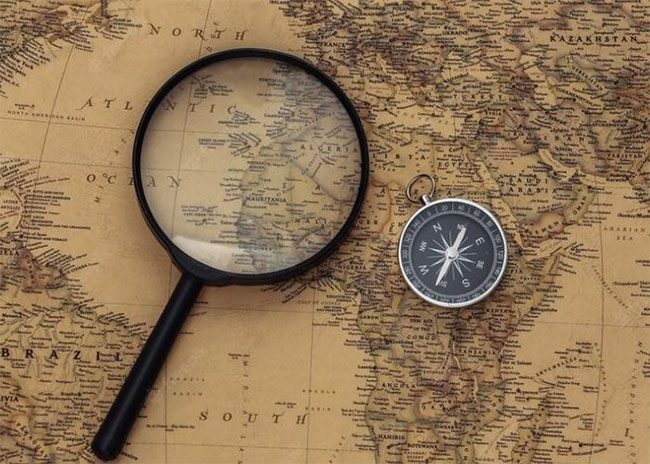Arab scientist Alhazen feigned madness to escape the wrath of al-Hakim and laid the groundwork for modern optics.
Photography, telephony, and television are just a few of the inventions that depend on optics – the science of light.

The invention of the magnifying glass is an application of optics. (Image: Shutterstock).
Pythagoras, who lived around 580-500 BC, was one of the first to ponder how the eye works. About 200 years later, Epicurus realized that sight is due to light entering the eye.
For centuries, this topic remained shrouded in ambiguity. Then, about 1,000 years ago, an Arab scientist known as Alhazen helped people see things more clearly.
Legend has it that Alhazen traveled to Cairo, Egypt’s fastest-growing city, to advise the notoriously cruel ruler al-Hakim on how to control the flow of the great Nile River. However, Alhazen’s ideas failed, and the Nile continued to flow as it always had.
He believed that the only way to escape the anger of the terrifying leader – who once killed all the dogs in Cairo just to silence their barking – was to pretend to be mad. Fortunately, this idea succeeded, and al-Hakim allowed him to continue his studies in mathematics and physics.
Alhazen documented these thoughts in a remarkable book titled Optics, which was translated into Latin and reached Europe in 1270.
It may be a coincidence, but this was precisely when magnifying glasses and spectacles, the precursors to microscopes and telescopes, began to appear in Europe. The name of the fearsome al-Hakim eventually vanished under mysterious circumstances one night in 1021. Alhazen immediately regained his sanity and lived for another 20 years.
Despite being an outstanding figure, he never imagined how far his work would reach. Even the Internet utilizes ideas that Alhazen wrote nearly 1,000 years ago.
Vision-enhancing lenses first appeared in the late 13th century, likely as a result of Alhazen’s work. By the 17th century, the crafting of lenses led to the development of much more powerful optical instruments. However, simple glasses and magnifying glasses like these remain essential even today.


















































